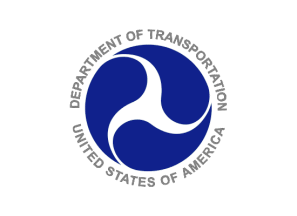Yesterday, the Council of Economic Advisers, National Economic Council, Office of Management and Budget, Office of Clean Energy Innovation and Implementation, and Climate Policy Office hosted a convening on Blue Chip Climate-Risk Macroeconomic Forecasts with economists from the private sector, government, and academia.
The meeting was convened to build a public-private community of practice around incorporating the physical and transition risks of climate change into macroeconomic forecasting. In particular, the convening’s goals were three-fold:
- To identify best practices and novel methodologies for incorporating climate risks into macroeconomic forecasts;
- To share methodologies developed or considered to date and identify important data gaps or missing modeling capabilities;
- To elevate the visibility of private-sector assessment and management of climate-related macroeconomic risks in policymaking, and vice-versa.
One central challenge guides these goals: climate change—and the required policy response to address it—is a first-order risk to the macroeconomy. The transformation of energy systems will entail fundamental shifts in how, when, and where we invest; the physical risks of a changing climate will alter the trajectory and composition of economic growth. Given the scale of the risks from climate change, it is critical that we better understand and manage their effects throughout the economy. Additionally, transparency and collaboration in forecasting climate risks help improve our projections’ accuracy and credibility. This, in turn, offers a stronger foundation from which to develop policies to ensure a smooth, managed transition to a net-zero world and a stable, fair economy.
The Biden-Harris Administration recognizes this challenge. Shortly after taking office, President Biden signed an Executive Order on Climate-Related Financial Risk, which—among other things—instructs CEA, OMB, and Treasury to develop methods to account for the physical and transition risks of climate change in the economic assumptions and long-term budget outlook of the President’s Budget. CEA and OMB have been leading a government-wide technical working group (ITWG) to develop methods to account for climate risks in macro-economic forecasting. As the Administration works to develop new capacities, particularly with respect to forecasting transition risks, sharing knowledge about and fostering alignment on climate-related risk forecasting methodologies with the private sector can advance the USG’s knowledge base and encourage private actors to advance with us towards incorporating climate into broader economic forecasting.
This convening represents the first such step in building a public-private community of practice surrounding macroeconomic climate-risk analysis.
###
Official news published at https://www.whitehouse.gov/briefing-room/statements-releases/2023/02/23/readout-of-convening-on-blue-chip-climate-risk-macroeconomic-forecasts/




More Stories
Remarks by APNSA Jake Sullivan in Fireside Chat at the Aspen Security Forum
Statement by President Joe Biden on the Sentencing of Wrongfully Detained American Evan Gershkovich
Statement from President Joe Biden on the Passing of General Secretary Nguyễn Phú Trọng of Vietnam